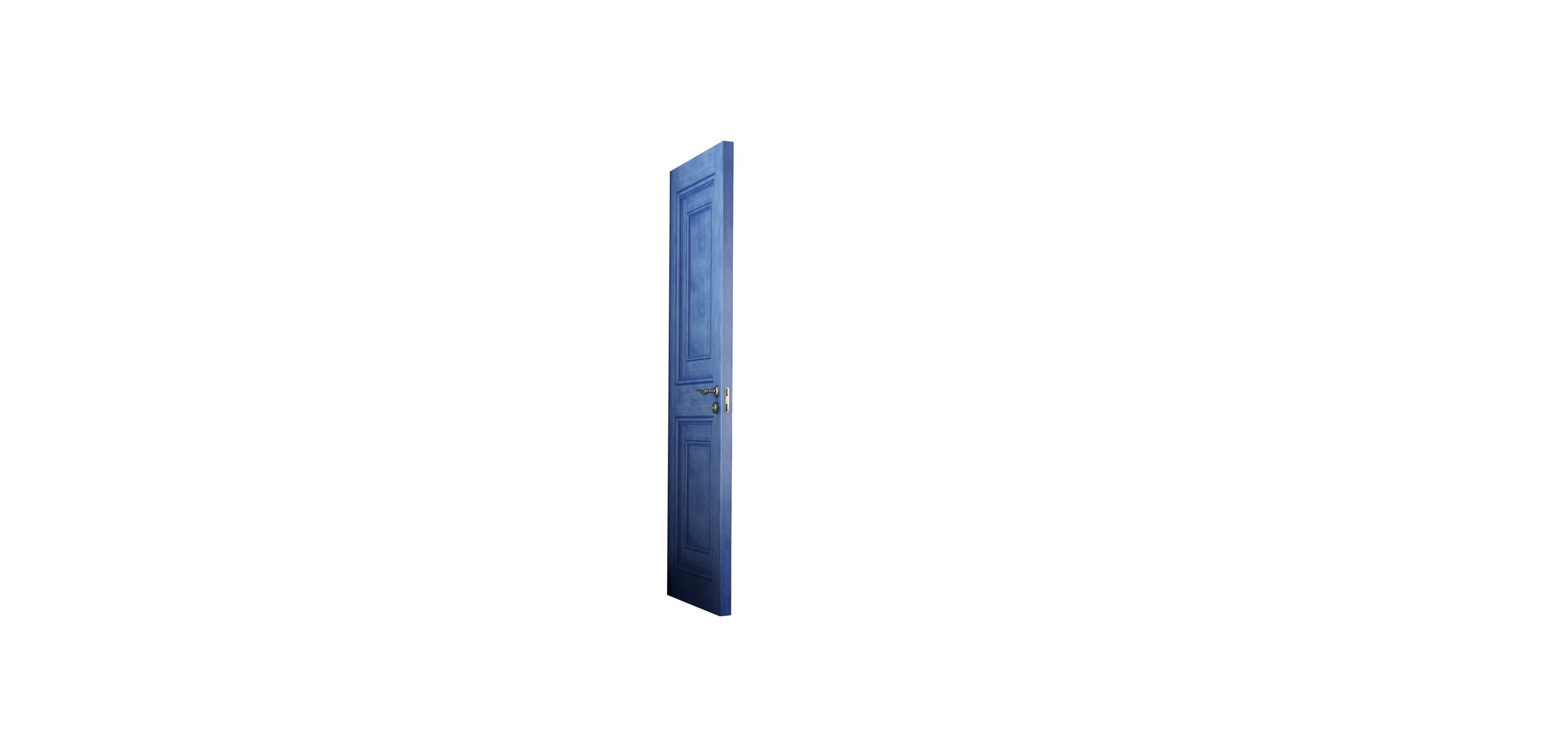

At its best, it will save you a lot of time. Mask AI is a welcome addition to Luminar Neo. In the example below, Mask AI correctly identified the lighthouse as Architecture and did a reasonable job of masking it giving me a head-start on my brushing. For instance, in the low-fi selfie below, Luminar Neo’s Mask AI masked me perfectly without any need for corrective brushing.īut this isn’t to say Mask AI is bad at other things. So far, I have found it to be most effective with people and skies. And at worst, it still offers a head-start, thus saving you some of the tedium of brushing on your own mask. At best, it works perfectly leaving you with nothing else to do. Mask AI can be very effective but it depends on the photo.

If this is the case, you can fill in any gaps using the masking brush. If your photo is more complex, you might find Mask AI falls short of a perfect result. The rest of the photo will remain unaffected. At this point, any adjustments I make will apply only to the masked area. In the example below, I clicked on Sky and Mask AI automatically applied a mask to my photo’s sky. To automatically apply a mask, simply click on the object, or objects, of your choice. For the photo below, Mask AI recognized Sky, Flora, Water, Mountains, Natural Ground, and Man-made ground. After a few moments, it will produce a list. When you click on AI Mask, Luminar Neo will pause to analyze the objects within your photo.

Paste – Paste’s your previously copied mask into your present adjustment.Copy – Copies your mask so you can replicate it for your next adjustment.Invert – Reverses your selection and masks everything other than your selection.Once you have applied your mask, you have six mask actions AI Mask – auto object recognition and masking.Radial Gradient – Good for off-center vignette effects.You can apply masks using 4 different methods


 0 kommentar(er)
0 kommentar(er)
